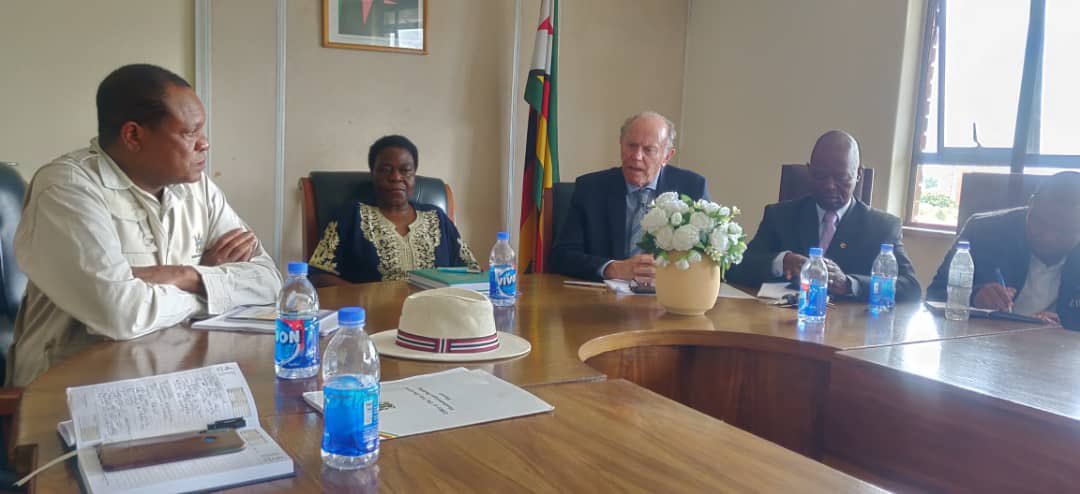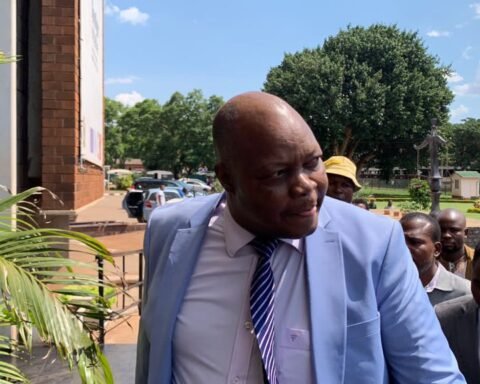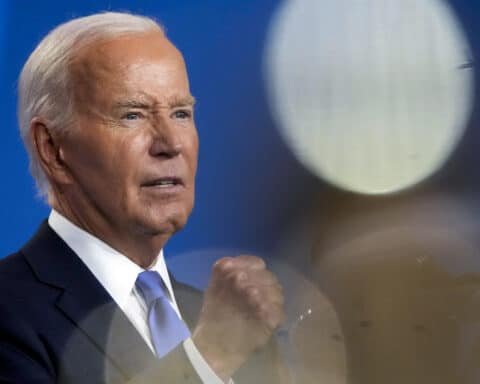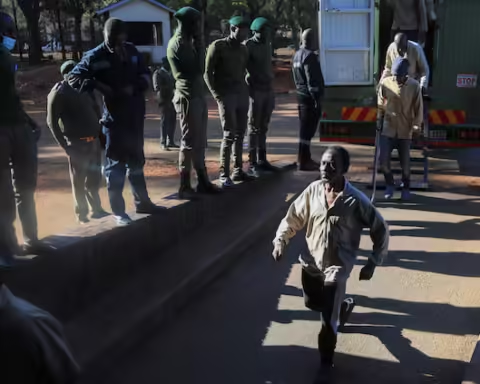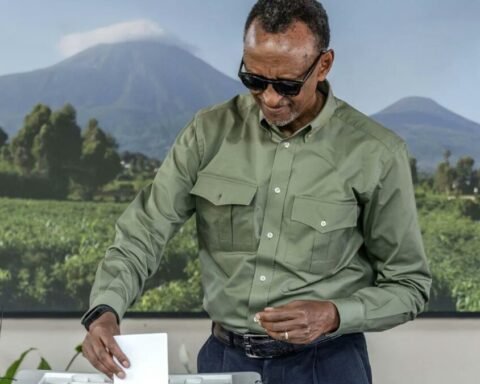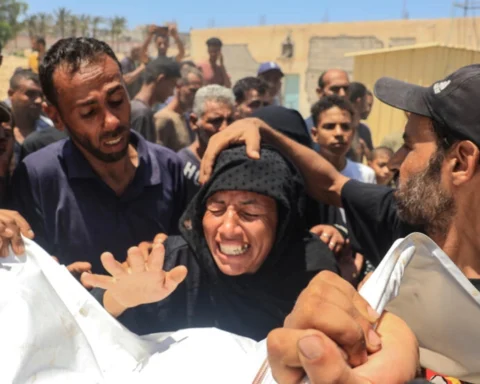In a significant development aimed at addressing Bulawayo’s long-standing water crisis, Mayor David Coltart and Water Minister Anxious Masuka have reached a consensus on a multi-faceted strategy to secure the city’s water supply. The breakthrough came after a high-level meeting held in Bulawayo, which also saw the participation of Provincial Minister Judith Ncube.
Mayor Coltart has been advocating for the Zimbabwean government to recognize Bulawayo as a water disaster area, a designation that would enable the city to seek international donor support for its water management initiatives. “Following our discussions, there is now a comprehensive agreement on the immediate, mid-term, and long-term measures needed to tackle the crisis. Our next step is to collectively gather the necessary resources to implement these solutions,” Coltart stated in the aftermath of the meeting.
The mayor’s comments highlighted the urgent need for a technical committee to evaluate the water levels in Insiza, Inyankuni, and Mtshabezi dams, alongside assessing the infrastructure’s capability to distribute this water to Bulawayo’s populace. This assessment will play a crucial role in determining whether the city will be officially declared a water shortage area.
Despite the challenges posed by limited rainfall, Coltart is optimistic about the current water reserves in the city’s dams, asserting that they are sufficient to meet Bulawayo’s needs. The city, home to approximately 650,000 residents, currently provides municipal water for two days each week.
To alleviate the situation, Coltart has proposed the rehabilitation of boreholes in the Nyamandlovu Aquifer and the construction of a 2.5km pipeline from Mtshabezi Dam to Umzingwane pump station. These measures are expected to significantly enhance water supply to the city’s densely populated areas. However, the city council faces financial constraints, with an estimated US$14 million required for these short-term projects.
Looking ahead, Coltart envisions the construction of the Glass Block Dam on the Umzingwane River and upgrades to existing water infrastructure as vital long-term solutions. These projects, along with the expansion of the Thuli reservoir, are projected to cost an additional US$150 million.
Meanwhile, the completion of the Gwayi Shangani Dam, a project touted as a potential solution to Bulawayo’s water woes, has faced repeated delays. City officials are concerned about the timeframe for accessing water from this source.
In a recent development, Mayor Coltart and Minister Ncube engaged with the European Union Ambassador to Zimbabwe, Jobst von Kirchmann, discussing the urgent need for funding. Ambassador Kirchmann indicated that the EU has emergency funds available for water projects, contingent on the government’s formal declaration of a water crisis in Bulawayo.
Ambassador Kirchmann expressed his concerns on social media, stating, “The severe water shortage in Bulawayo is deeply troubling. The situation for the City of Kings is alarming.” Despite the gravity of the situation, Mayor Coltart has called for calm among residents, emphasizing the importance of a clear strategy to navigate the impending dry seasons.
This concerted effort by city officials, the Zimbabwean government, and international partners marks a pivotal moment in the quest to secure a sustainable water future for Bulawayo, signaling a hopeful turn in the city’s prolonged battle against water scarcity.
